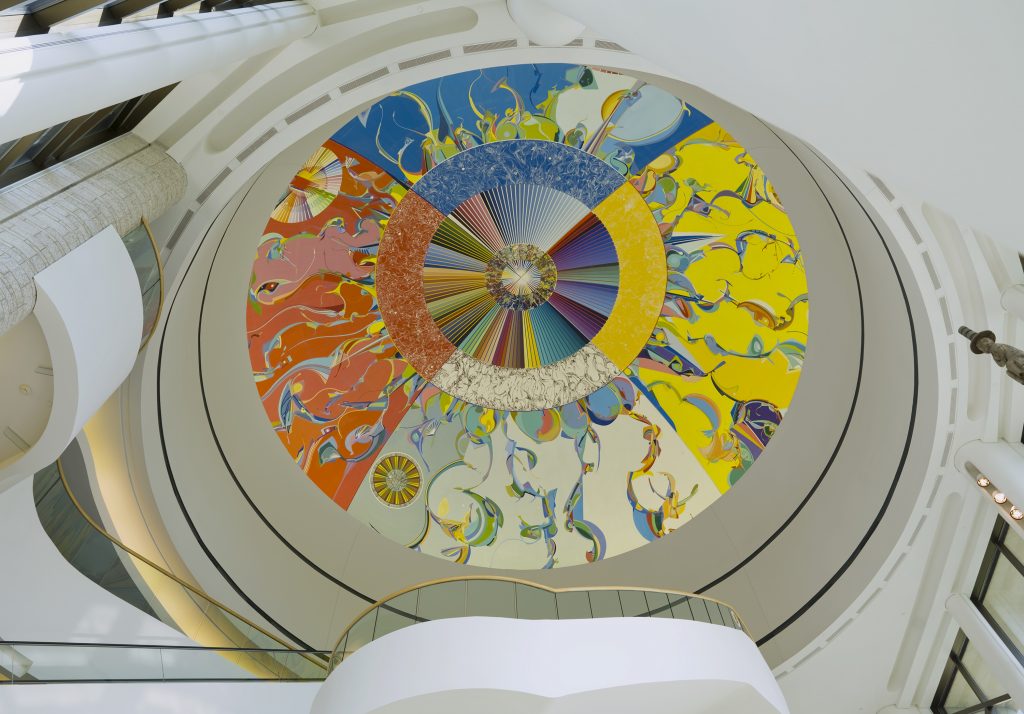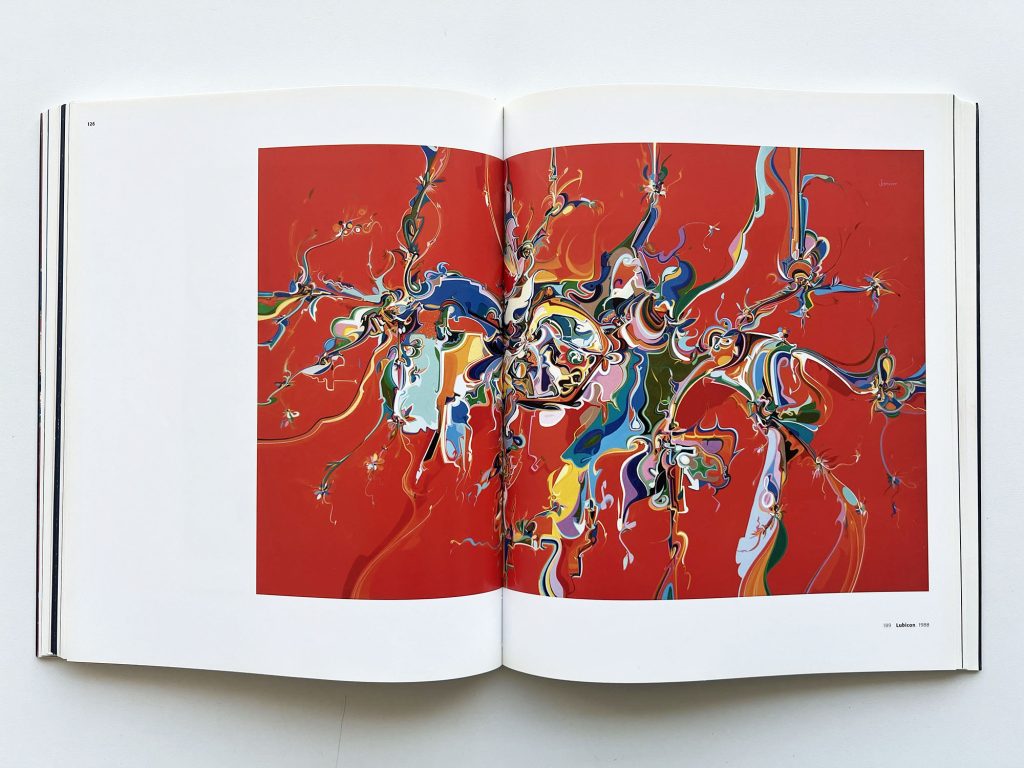“we are the land and the land is us”

The staff in the Aboriginal Gathering Place wish to recognize the incredible life and work of Alex Janvier who recently passed away at the age of 89. Born on Le Goff Reserve, Cold Lake First Nations, Janvier was of Dene Suline and Saulteaux heritage.
At the age of eight, he was made to attend the Blue Quills Indian residential school. He spoke of losing his “world of communication” and used his time in art class to think about home and connect to his community’s traditional art forms. He described these Friday afternoon classes as his safe haven. By the time he turned fifteen, people were already referring to him as an artist.

He went on to attend what is now the Alberta University of the Arts and graduated with honours, becoming one of the first accredited First Nations artists in Canada.
In the 1970s he became a founding member of the Professional Native Indian Artists Incorporated (PNIAI) which aimed to address what Viviane Gray described as the “struggle to be recognized as artists by Canada’s art institutes and public galleries.” Janvier wanted to bring Indigenous art out of ethnological and war museums and into mainstream Canada, stating that “we had a vision and we believed that we had something.”
PNIAI came to be known as the Indian Group of Seven, though Michelle Lavallee notes that the members never referred to themselves this way. Their work in fighting against exclusionary practices in mainstream galleries and museums created a momentum for Indigenous artists and organizations that continues today even after their dissolution in 1979.

Janvier had a distinct style with a signature sinuous line. He was able to bring together his western art training with his Dene culture, incorporating aspects of quillwork and beadwork into his modernist paintings. As Marc Mayer described, Janvier’s work is “recognizable for its calligraphic lines, vivid colours, Dene iconography and forms that evoke land, sky, galaxies and microscopic life.” He honoured the land while also commenting on the difficult relationships between Indigenous Peoples and the government over traditional territories.
“I come from people who lived directly in nature. As a child, I loved to listen to stories told by the old ones, and I watched them beading and working with porcupine quills…We sat around in circles. We had to be quiet and we observed. This storytelling was my inspiration to create.”
Throughout his career he received numerous awards and honours including Member of the Alberta Order of Excellence, Member of the Order of Canada, Member of the Royal Canadian Academy of the Arts and the Governor General’s Awards in Visual and Media Arts.
His work can be found in prominent public and private collections and has been exhibited nationally and internationally.
References:
Hill, G. A. (2016). Alex Janvier (L.-A. Martin, C. Dueker, & A. Janvier (Eds.)). National Gallery of Canada.
LaVallee, M. (2014). 7: Professional Native Indian Artists Inc. MacKenzie Art Gallery.
National Gallery of Canada. (2017, March 2). Alex Janvier: in Conversation [Video]. YouTube. https://youtu.be/I5XRRF2FZcg?si=Bp8kLjZsYoQmr9AC